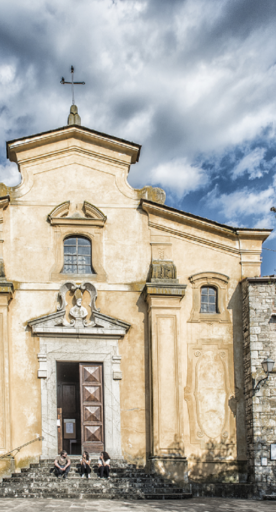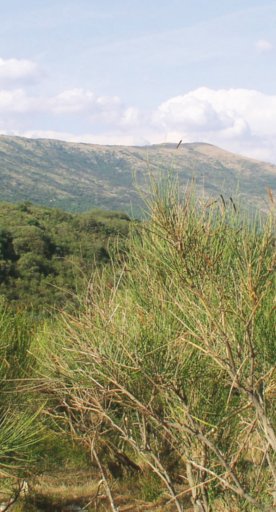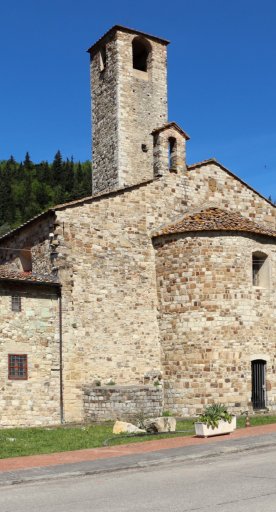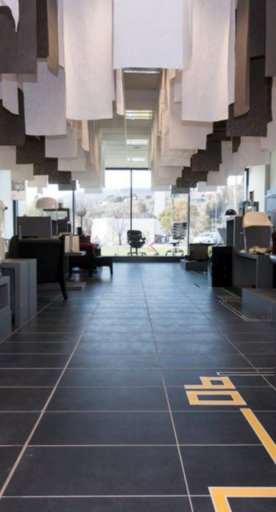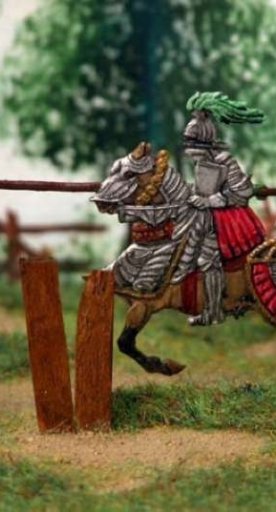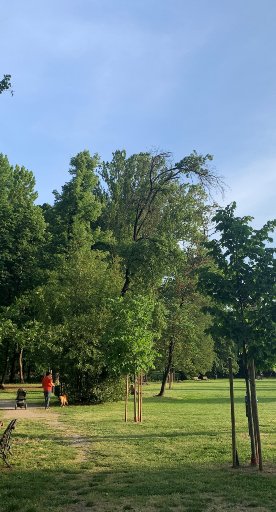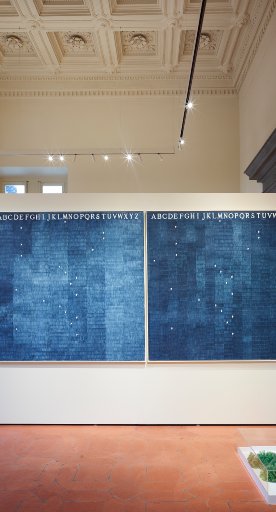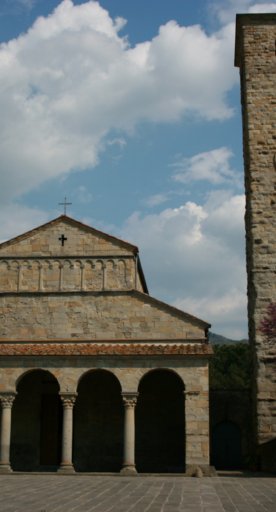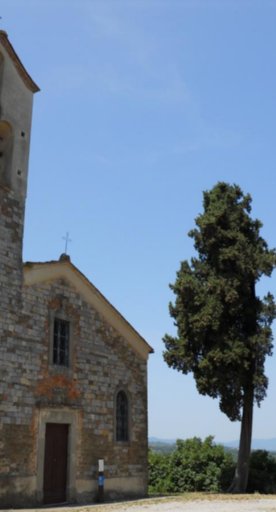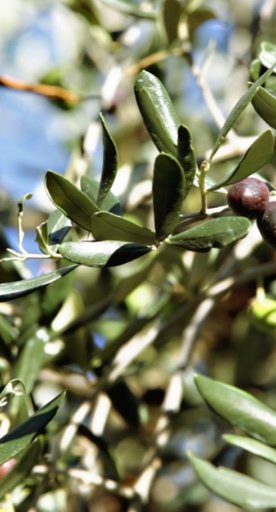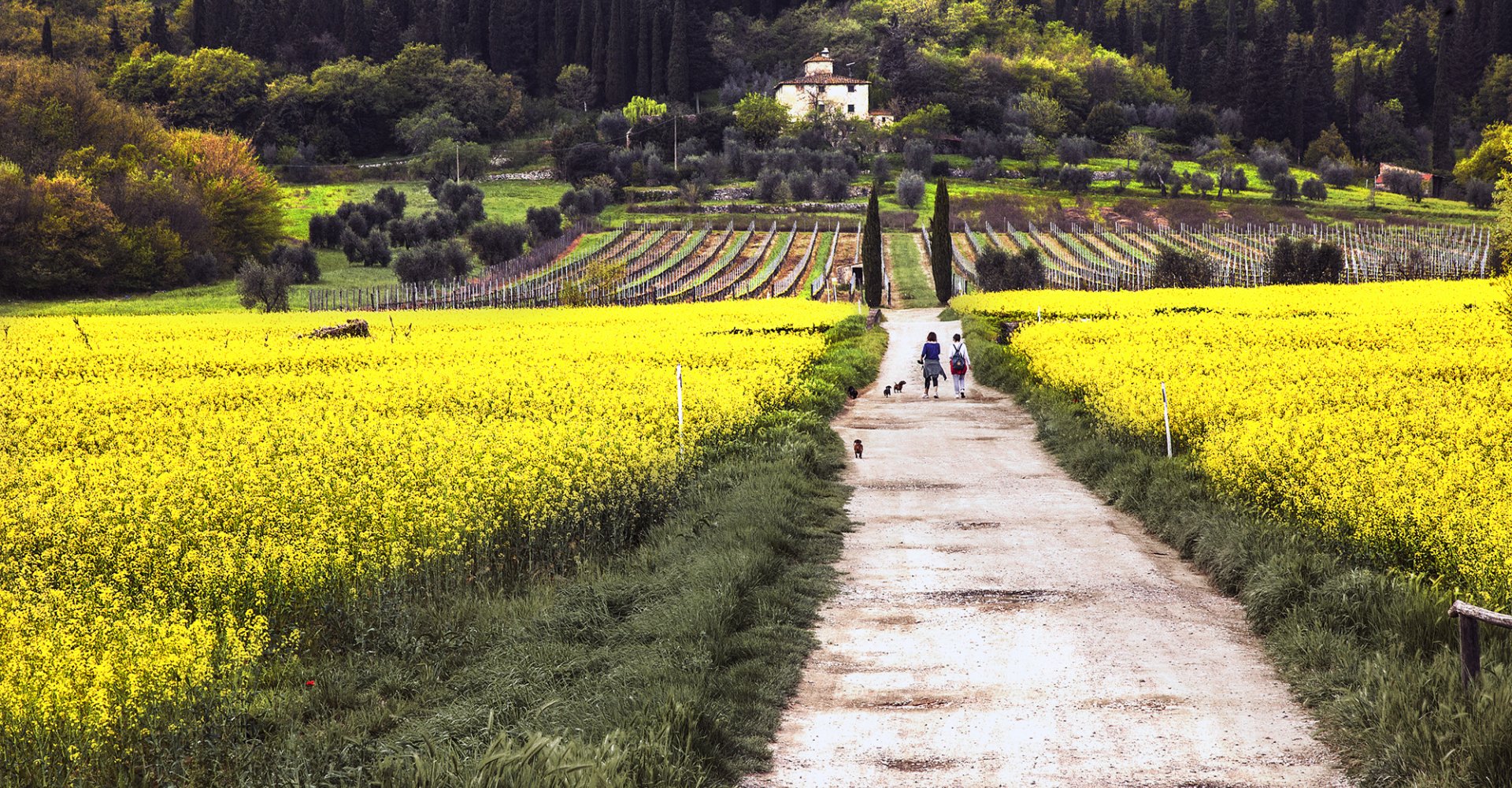
Calenzano
In the surroundings of Florence, among historic churches, castles and imposing farm villas
The municipality of Calenzano fits nicely between the mountain ranges Monti della Calvana and Monte Morello, made up predominantly with calcified rock. This environment, combined with historic events, has tempered the settlement harmoniously in this strip of land. Today the mountainous district – with the exception of the reforested areas – is laid barren whilst the plain is encircled by hills that stay true to the landscape surrounding Florence. They are rich with woods and olive groves that span around the ancient medieval towers and farmhouses where oil and wine are produced according to the traditional method of the Florentine hills.
What to see in Calenzano
The city centre resides along what was formerly known as via del Sale (Salt Road) between the hills of Castello di Calenzano Alto and San Donato. Towards the end of the 11th century, castles and towers were established in the territory and were aligned with the most long-standing religious organisation of parish churches. Of these parishes at least the three oldest are worth visiting - San Donato, San Severo in Legri and Santa Maria a Carraia - all of which helped to define the municipality’s character.
In 1799, the church of San Niccolò, located in the hamlet of Castello di Calenzano Alto, was raised to the rank of parish. Castello di Calenzano preserves the typical features of a fortified village and, as in the past, guards the important communication routes that have connected the Florentine plain to the Mugello since ancient times.
Majestic farms are placed side by side with splendid houses, like Villa Peragallo or Villa Ginori, which symbolised the beginning of a new city aristocracy. In the territory of Calenzano, it is also worth seeing the Parco del Neto. Finally, as previously mentioned, the landscape itself is interesting, which stretches from the farms in the hamlet of Travalle to the tidy features of Sommaia, with terracing covered by olive trees, farmhouses and country homes dotting the territory, in a wonderful example of a rural Tuscan environment.
The city centre resides along what was formerly known as via del Sale (Salt Road) between the hills of Castello di Calenzano Alto and San Donato. Towards the end of the 11th century, castles and towers were established in the territory and were aligned with the most long-standing religious organisation of parish churches. Of these parishes at least the three oldest are worth visiting - San Donato, San Severo in Legri and Santa Maria a Carraia - all of which helped to define the municipality’s character.
In 1799, the church of San Niccolò, located in the hamlet of Castello di Calenzano Alto, was raised to the rank of parish. Castello di Calenzano preserves the typical features of a fortified village and, as in the past, guards the important communication routes that have connected the Florentine plain to the Mugello since ancient times.
Majestic farms are placed side by side with splendid houses, like Villa Peragallo or Villa Ginori, which symbolised the beginning of a new city aristocracy. In the territory of Calenzano, it is also worth seeing the Parco del Neto. Finally, as previously mentioned, the landscape itself is interesting, which stretches from the farms in the hamlet of Travalle to the tidy features of Sommaia, with terracing covered by olive trees, farmhouses and country homes dotting the territory, in a wonderful example of a rural Tuscan environment.
Nearby
Starting from Calenzano, with the possibility of taking a bus, you can easily reach the city of Florence and visit the entire Florentine area.
If you are a lover of great food, you will rejoice in the fact that you are in one of the tastiest areas of Tuscany. After entering the Parish Church of Santo Stefano in Campi Bisenzio, you can stop in some restaurant or trattoria to try the local delicacies. The main dish is pecora alla campigiana, the sauce of which is often used as a condiment for pasta.
Sesto Fiorentino, on the other hand, is connected to a great tradition of fine ceramics and porcelain. Here, in the eighteenth century, the Richard Ginori Manufactory was created, one of the oldest European porcelain manufacturers. Even today, dozens of local companies produce masterpieces of craftsmanship which are then exported all over the world.
Starting from Calenzano, with the possibility of taking a bus, you can easily reach the city of Florence and visit the entire Florentine area.
If you are a lover of great food, you will rejoice in the fact that you are in one of the tastiest areas of Tuscany. After entering the Parish Church of Santo Stefano in Campi Bisenzio, you can stop in some restaurant or trattoria to try the local delicacies. The main dish is pecora alla campigiana, the sauce of which is often used as a condiment for pasta.
Sesto Fiorentino, on the other hand, is connected to a great tradition of fine ceramics and porcelain. Here, in the eighteenth century, the Richard Ginori Manufactory was created, one of the oldest European porcelain manufacturers. Even today, dozens of local companies produce masterpieces of craftsmanship which are then exported all over the world.
Events
For over twenty years, the L'Olio olive oil market exhibition has been held in Calenzano. Held in November, cultural and food and wine tours are offered in the historic center and old machinery is exhibited.
In June, Lunaria takes place, a festival dedicated to street arts that enlivens the medieval village of Calenzano Alto with numerous events.
For over twenty years, the L'Olio olive oil market exhibition has been held in Calenzano. Held in November, cultural and food and wine tours are offered in the historic center and old machinery is exhibited.
In June, Lunaria takes place, a festival dedicated to street arts that enlivens the medieval village of Calenzano Alto with numerous events.
Typical products
Calenzano has a close link with the Calvana mountain range that extends between the provinces of Prato and Florence. The Calvana or Calvanina cattle breed, originating from the mighty Chianina, is bred in this area. This meat is excellent for preparing bistecca alla fiorentina (Florentine steak), but is also suitable for stracotti and spezzatini.
Calenzano has a close link with the Calvana mountain range that extends between the provinces of Prato and Florence. The Calvana or Calvanina cattle breed, originating from the mighty Chianina, is bred in this area. This meat is excellent for preparing bistecca alla fiorentina (Florentine steak), but is also suitable for stracotti and spezzatini.
